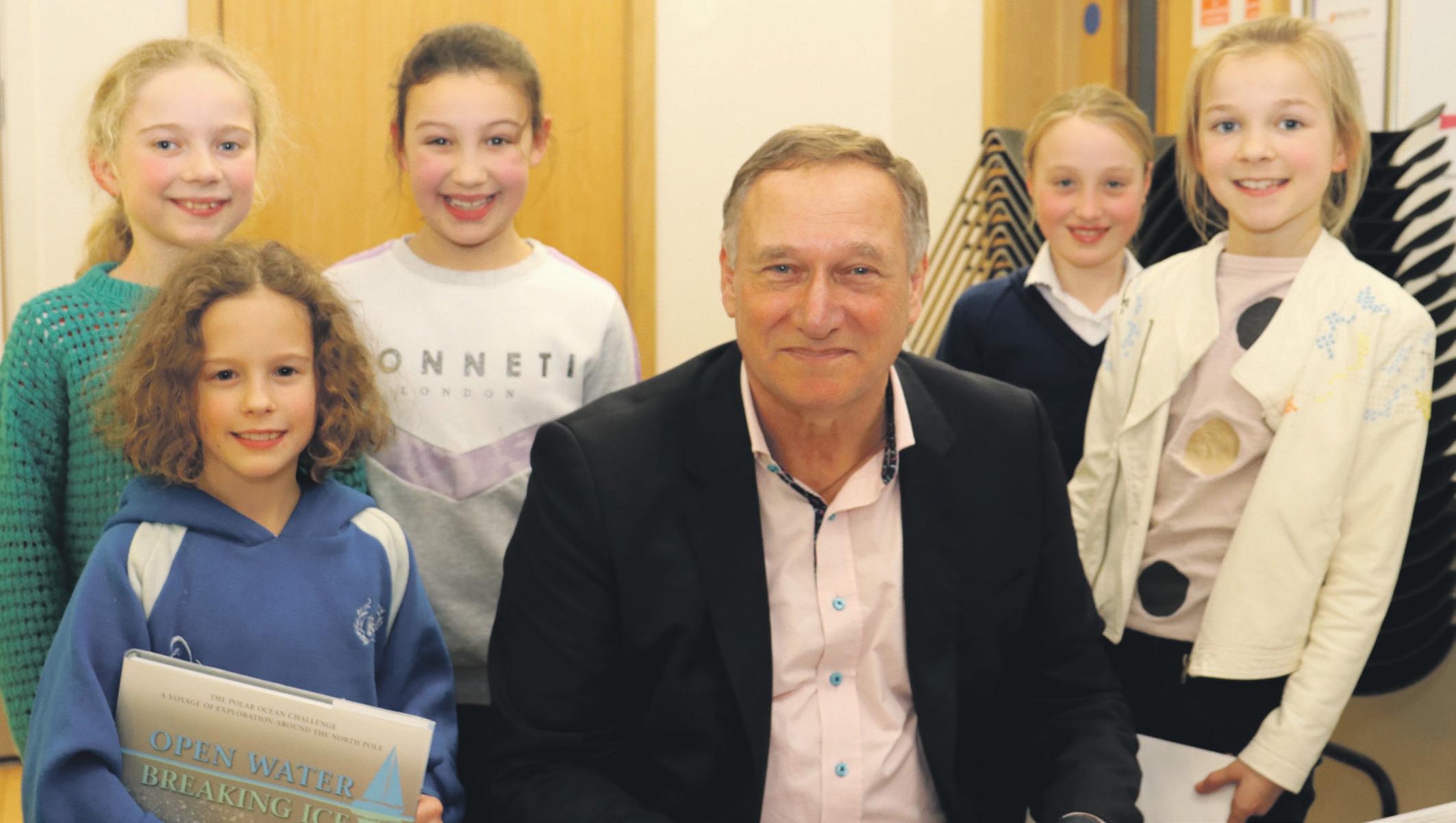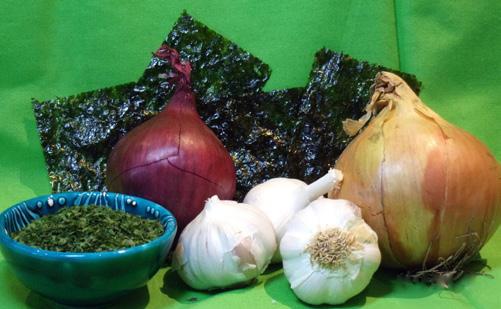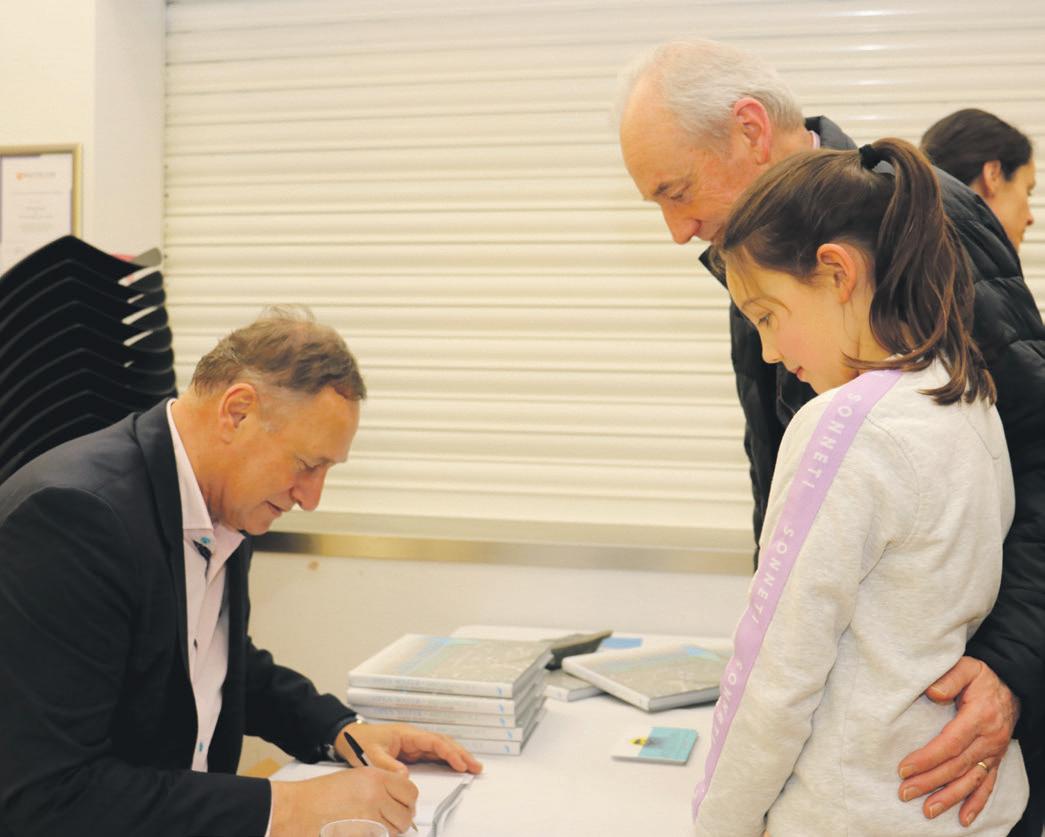
2 minute read
Glue twigs to the top of the carton for a
Plastic, what’s the problem?
By Evie Temple
TAKE a second to look around you, how much plastic can you see? It is everywhere from food packaging, kitchen gadgets, soap dispensers and clothing. As a cheap and extremely flexible material, the manufacturing of plastic was once thought of as a solution to many of our manufacturing problems. But, times are changing and now plastic is the problem, but why? Plastic pollution is when the plastic we use in the world become a problem for our environment; to understand this we need to know how plastic is made. Plastic is made using fossil fuels like oil, natural gas, and coal. As demand for fossil fuels as an energy source declines relative to production, plastic production represents a lifeline for fossil fuel industry. Plastic is used more than environmentally friendly materials because it is cheaper than the alternatives. Few products in supermarkets are in paper bags or any other material as plastic is seen as a more durable and hygienic solution.
However, most of the plastic we produce either ends up in landfill or into the sea.
The plastic that goes into the sea turns into microplastics which through the years made it into the food chain. Basically, this means that because plastic is in the animals in the sea, when we eat animals from the sea we are also eating the plastic that is inside them. We now know that all marine creatures contain microplastics. However, we do not know the long-term environmental effects of this plastic pollution.

Plastic production is also a contributor to climate change. Production of plastic uses fossil fuels and the process in the factory can release industrial greenhouse gases mainly carbon dioxide. This was highlighted in a recent report ‘Plastic and Climate -The hidden costs of a plastic planet’ from the Centre of International Environmental Law May 2019. An increase in carbon dioxide is causing climate change throughout the world which we are seeing through raised sea temperatures, more extreme weather and flooding.
With plastic all around us, it may be hard to know where to start in reducing how much plastic you use in your everyday life, but there are some easy places to start. Using refills for shampoo and conditioner or bars for soap and shampoo instead is an easy switch. A big crisis is plastic bags. Most people use these in daily life when they could easily use cloth bags, bags for life or rucksacks. Switching from a plastic toothbrush to a bamboo one is another easy way to reduce your personal plastic consumption. By working together we can help our planet’s health.





